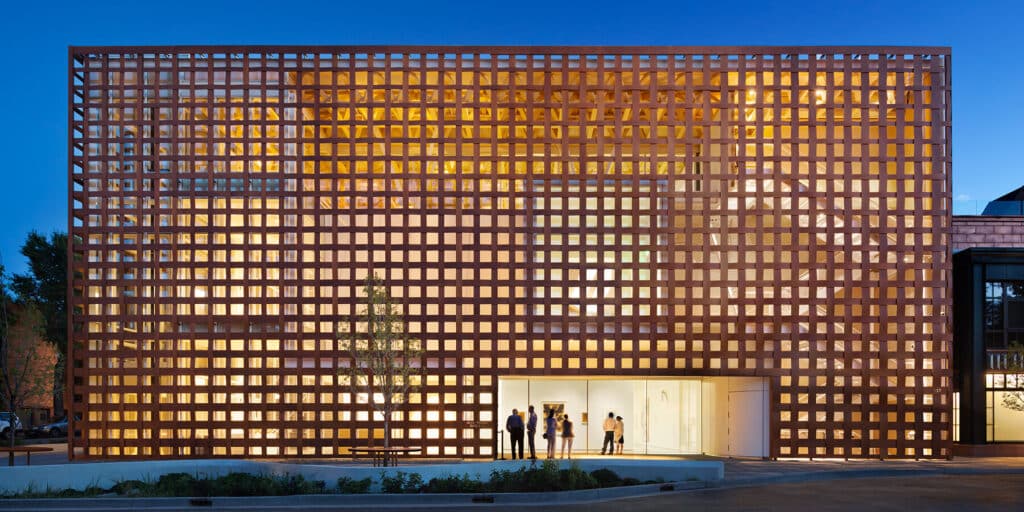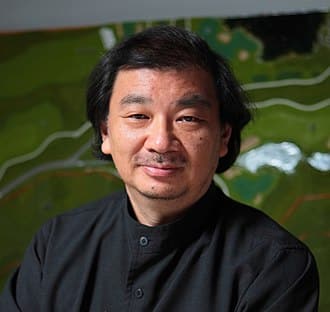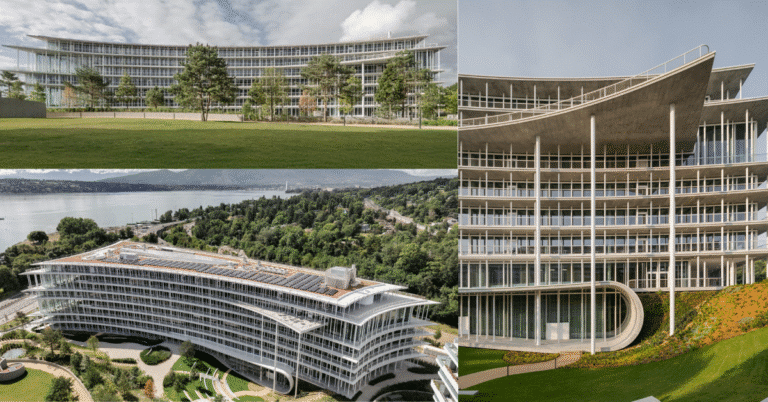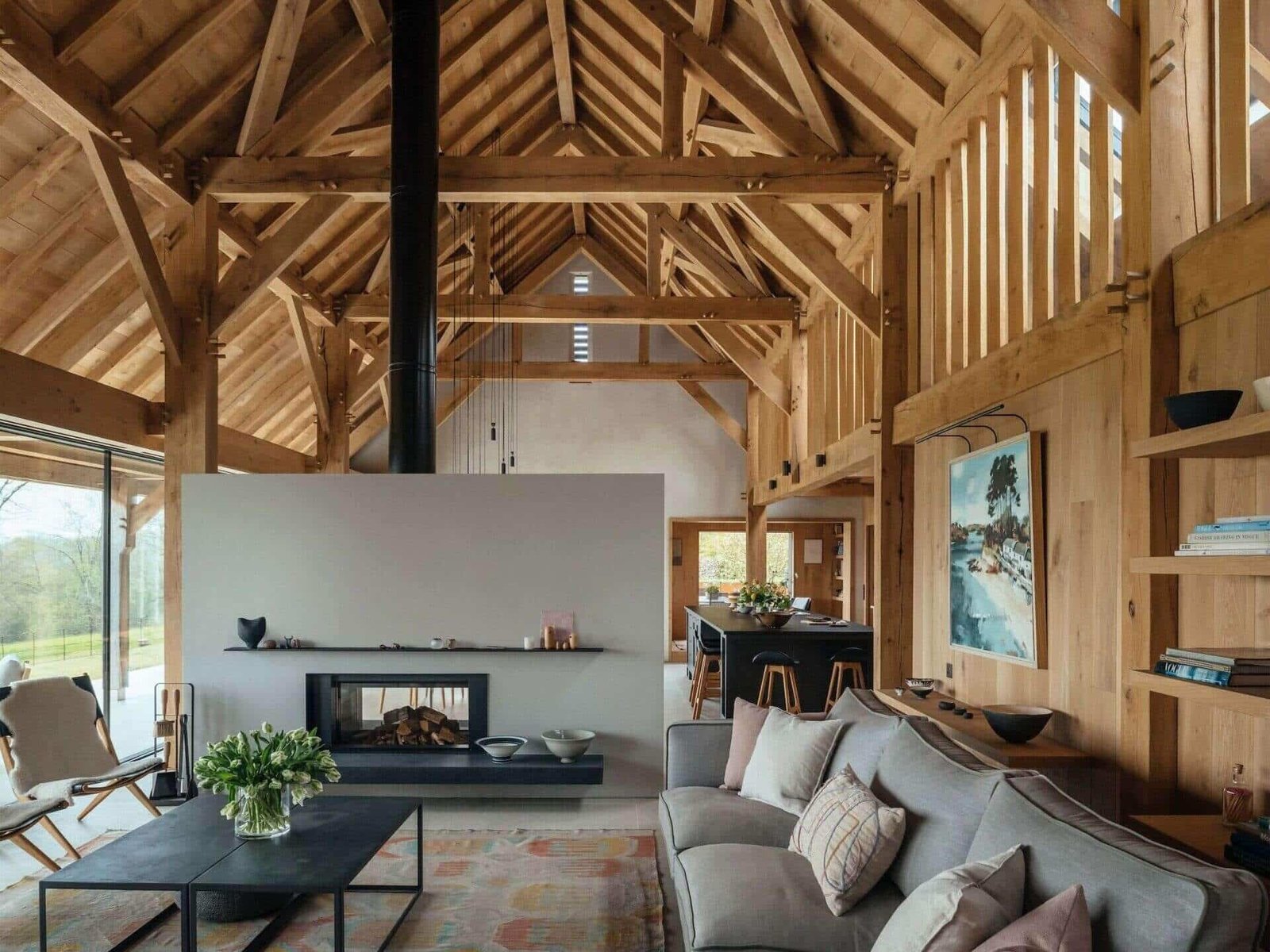Shigeru Ban: Simple Architecture with Paper
Shigeru Ban, a Japanese architect born in 1957, is widely recognized for his innovative use of unconventional materials such as paper and cardboard. His work has provided practical, fast, and sustainable shelter solutions for disaster victims around the world. Ban’s architectural approach emphasizes environmental responsibility, simplicity, and cost-effectiveness, making him a unique figure in contemporary architecture.
This article explores Ban’s architectural philosophy, his use of non-traditional materials, some of his most notable humanitarian projects, and an analysis of the strengths and limitations of his approach.

Shigeru Ban’s Architectural Vision
At the core of Shigeru Ban’s vision is the belief that architecture should not only serve the wealthy but also provide dignity and protection to those in need. He avoids using high-tech or expensive materials and instead focuses on accessible, low-cost resources like paper and cardboard. Ban sees these materials not as weak or temporary, but as flexible, lightweight, and highly functional when used correctly.
His work challenges traditional assumptions about construction materials and highlights the potential of everyday items to solve real-world problems.

Using Paper and Cardboard in Architecture
Ban’s signature material is recycled paper tubes. These tubes are used as structural components in temporary shelters and other buildings. They offer several advantages:
- Low Cost : Much cheaper than wood or concrete.
- Recyclable : Environmentally friendly and easy to dispose of after use.
- Lightweight : Easy to transport and assemble quickly.
- Surprisingly Durable : When treated properly, they can withstand considerable pressure and last longer than expected.
According to a report by the United Nations Development Programme (UNDP), using locally available and sustainable materials in emergency shelters can reduce costs by up to 40% and improve the efficiency of humanitarian responses. [Source: UNDP.org]

Humanitarian Projects Using Paper
Shigeru Ban has implemented his ideas in several countries affected by natural disasters. Some of his most impactful projects include:
| Project | Location | Purpose | Year |
|---|---|---|---|
| Paper Refugee Shelters | Rwanda | Housing for refugees after the civil war | 1998 |
| Paper Church in Christchurch | New Zealand | Temporary worship space after the 2011 earthquake | 2011 |
| Emergency Shelters in Nepal | Nepal | Relief housing after the 2015 earthquake | 2015 |
These projects were not just theoretical experiments—they were built under real-life conditions and helped thousands of people access safe and rapid shelter.

ArchUp Analysis: Strengths and Criticisms
While Shigeru Ban’s approach is undeniably innovative, it also has certain limitations:
- Limited Longevity : Although effective in emergencies, paper structures are not suitable for permanent housing.
- Environmental Challenges : Exposure to rain or humidity can weaken the structure unless special treatments are applied.
- Dependence on External Funding : Many of these projects rely on international aid or donations, which may limit their long-term sustainability.
However, Ban’s work opens new perspectives on how we can address humanitarian crises through creative design and resourceful material choices. His approach encourages architects to think beyond conventional methods and consider alternative solutions in times of urgent need.

Frequently Asked Questions (FAQ)
| Question | Answer |
|---|---|
| Can paper support weight? | Yes, when engineered properly, paper tubes can bear significant loads. |
| How are paper buildings protected from water? | They are coated with waterproof materials like polyurethane. |
| Does Ban use paper in permanent structures? | No, his paper-based designs are mainly for short-term or emergency use. |
| Can these structures be recycled after use? | Yes, most components can be collected and recycled. |

Summary Table of Key Points
| Topic | Details |
|---|---|
| Architect | Shigeru Ban |
| Birth Year | 1957 |
| Specialization | Non-traditional materials in architecture |
| Main Material | Recycled paper tubes |
| Purpose | Emergency housing with low cost and environmental impact |
| Philosophy | Simplicity, sustainability, functionality |
| Challenges | Limited durability, weather resistance issues |
| Major Projects | Rwanda, New Zealand, Nepal |
ArchUp Opinion
Although building with paper might seem unusual at first glance, Shigeru Ban has successfully turned this idea into a practical solution for disaster relief. While not a permanent replacement for traditional construction, it offers a viable temporary option. His approach reflects the need to rethink our assumptions about materials and construction, encouraging the search for simple, sustainable solutions to major global challenges.







